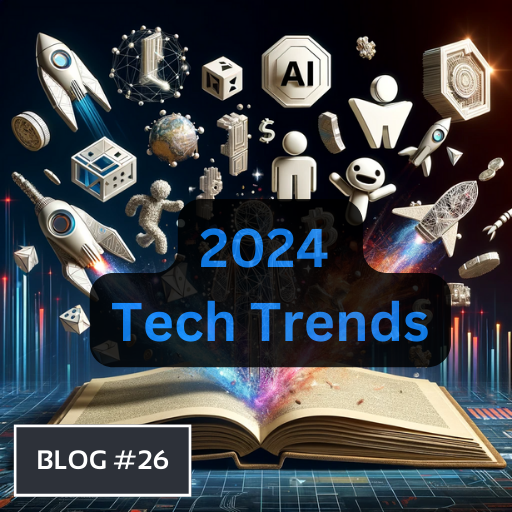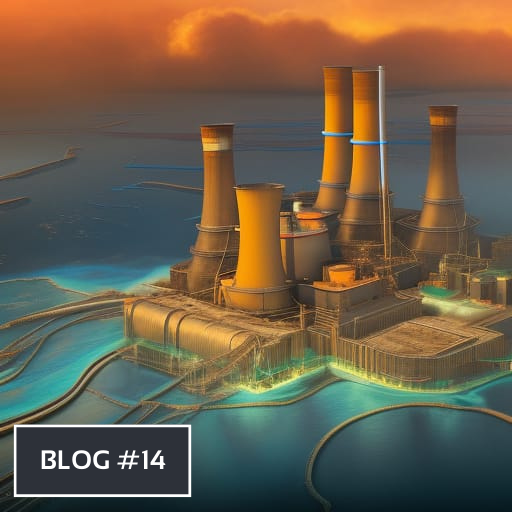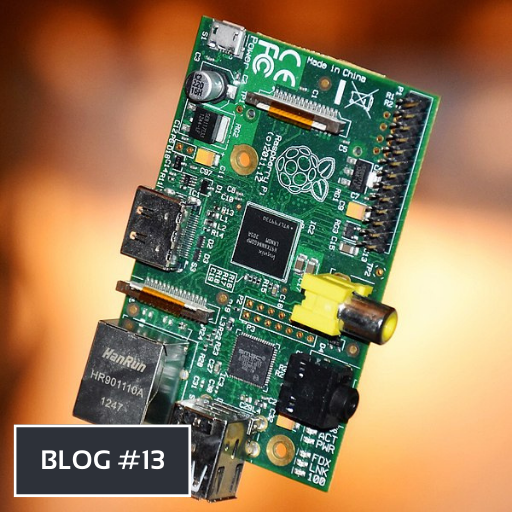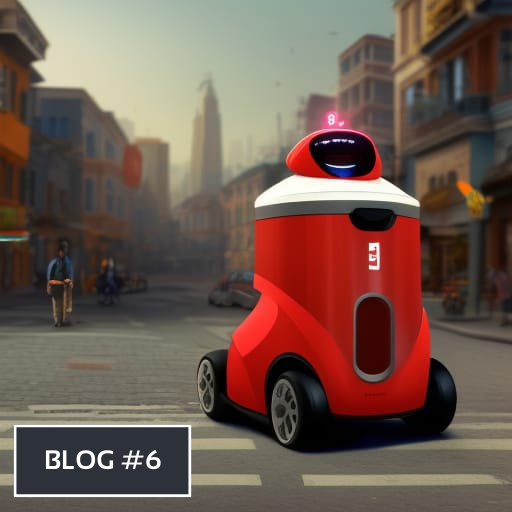Introduction
Today, we are not only seeing new innovations and applications of automation technologies, but also the growing speed of their implementation across many sectors (agriculture, manufacturing, services, finances, transportation, the arts, etc). For anyone not paying direct attention to this phenomenon it may appear to be just how things have been and how they will continue to play out. Looking at the previous industrial revolutions should be helpful in bringing about a new perspective to today’s automation trend. A few podcast episodes ago I spoke about the four industrial revolutions. This blog post will draw from that discussion but also focus more on what the main difference is today compared to the previous time periods with regards to the implementation of automation.
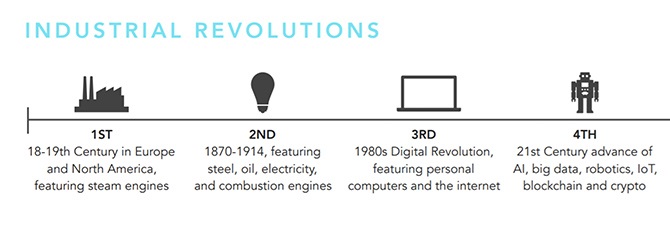
The First Industrial Revolution (1760 – 1820/1840)
It began in Britain and spread to Europe, the USA, and other parts of the world afterwards. The revolution was overall characterised by the shift from making products using hand-made methods to mechanical means and was the first real attempt to replace manpower with machine power. Some even argue that it was the most important event in the history of humanity since the domestication of animals and plants, predominantly due to the population explosion that happened following this period (Humanity’s population was practically stagnant up until this point). Some of the iconic technologies of this revolution included: The Spinning Jenny, Cotton Gin, Power Loom, James Watt Steam Engine. Textiles and cotton made up a large percentage of Britain’s trade hence why textiles were so important at this time, and the tradesmen were better paid than most other contemporary professions. The power of these technologies was astounding. For example, the Cotton gin enabled 1 man to do in a day as much work as a woman did in 2 months. The James Watt’s steam engine allowed for 2-10x less coal needed and a rotary engine design became a direct replacement for water wheels. This is actually the technology that is singled out as igniting the industrial revolution as mechanical power was not geographically independent anymore (Eg. next to specific streams or rivers).
All of these contributed to the reduced need for human labour in various work activities and led to the significant sociological impact of shifting from self-reliant rural agriculture work to capital intensive urban factory work, which in itself supported the population growth in urban centres.
The Second Industrial Revolution (1870 – 1914)
This period was exemplified by the start of electrification and mass communication methods (telegraph, telephone, radio), along with the all too familiar mass production lines or assembly lines as implemented by the Ford Motor Company.
Electricity was in place for industry, public lighting of streets, and transportation by the end of this period but not in private homes en masse until the1920s. The importance of electricity within manufacturing/assembly couldn’t be understated as machines no longer needed to be tied to a central power location but could be powered anywhere in a plant. Though perhaps appearing to be not that important this essential innovation led to the assembly line where highly specialised stations were powered enacting single tasks, increasing the efficiency of every employee and greatly reducing the final product turnover time. This further impacted the individual, removing any sense of craftsmanship and making the factory worker merely a ‘cog in the wheel of the machine’ performing routine tasks repetitively throughout the day (which roboticisation would take advantage of in the later industrial revolutions).
Additionally this period was marked by the takeover of internal combustion engines, essentially removing electric vehicles from the game, a boom in railroad for long distance shipping, mostly of steel, and the further growth of urbanisation with living standards (sewage systems, reduced child labour, labour unions etc). We can also see the birth of the middle class brought on by productivity increases and price decreases, as well as the tremendous growth of new military weapons coinciding with the first World War and the end of this industrial revolution.
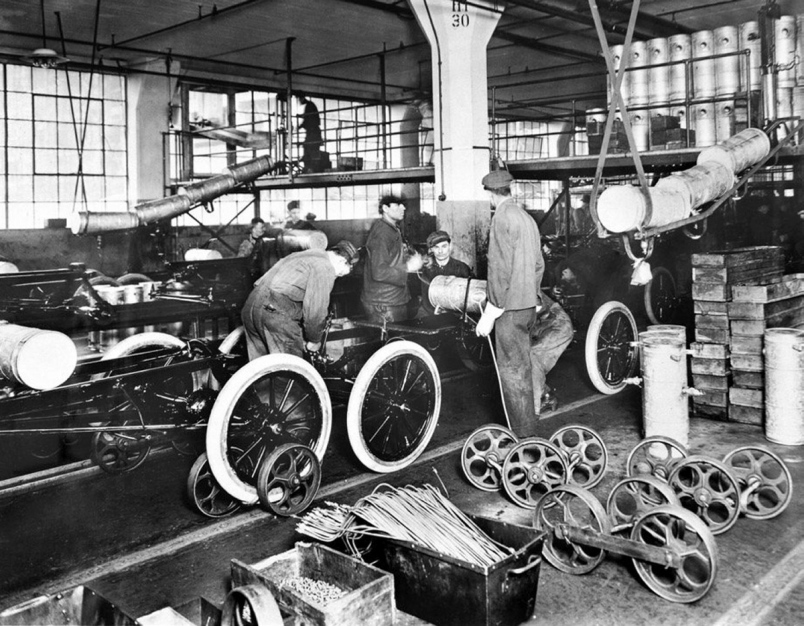
The Third Industrial Revolution (1950/1970s – 2016)
Also known as ‘The digital revolution’ this period saw a move from analogue electronics to digital electronics, and sparked the beginning of the Information Age. A key point regarding this is the replication/copying of information and the ease with which it was able to be moved between various forms of media. Additionally one could access and distribute it remotely, which we all take for granted today. (this of course was greatly increased by the introduction of the world wide web)
More relevantly, the trend of automation continued and in production environments, implementation of robotisation and other forms of automation further reduced the need for human labourers. This was possible through the adoption of the microprocessor (1969 by Intel) which could transfer and read substantially more information than any other point in history, leading to repetitive actions being able to be ‘programmed’ into simple industrial robotics.
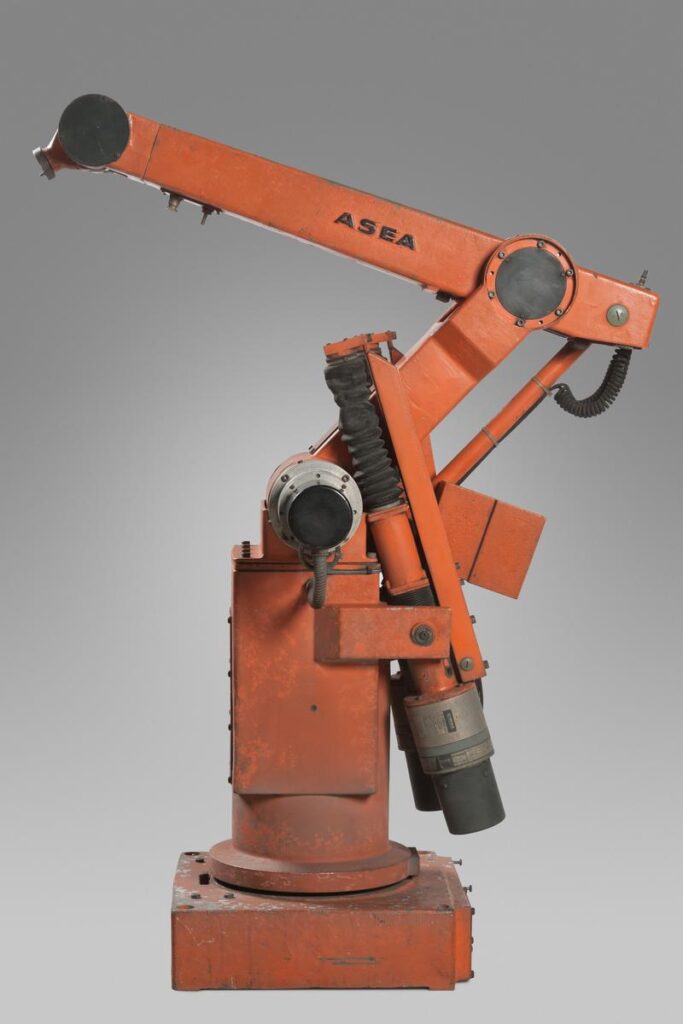
The 4th Industrial Revolution (2015 – Today?)
A 2015 article by Kaus Schwab, executive chairman of the World Economic Forum, first introduced the term to define this new industrial revolution. It is defined as a combination of hardware, software and biology as well as communications and connectivity. Driving this forward is the ability to use data and analytics to measure and understand various systems to a level of precision unknown in previous times. An important characteristic is that the lines are being blurred between the physical, digital, and biological, and will continue further into the future.
“Computational design, additive manufacturing, materials engineering, and synthetic biology to pioneer a symbiosis between microorganisms, our bodies, the products we consume, and even the buildings we inhabit.”
However, Industry 4.0 is but a subset of this revolution. The use of large-scale machine to machine communication (M2M) and Internet of Things (IoT) deployments provide increased automation, improved communication and self-monitoring. “Smart” machines can analyse and diagnose issues without the need for human intervention. There are four main principles that hold up this characterisation: Interconnection, Information Transparency, Technical assistance, and Decentralised decisions. Interconnection allows machines, devices sensors and people to communicate via IoT. Information Transparency allows operators to have tremendous amounts of data enabling better decision making for tasks, maintenance, or general performance. Technical assistance enables systems to actually assist human decision making or take over difficult or unsafe tasks entirely. And Decentralised decisions allow cyber physical systems to make decisions on their own and perform tasks autonomously, with only certain exceptions allowing for human interference. Overall this places more importance and dependence on the machines themselves further removing the need for human physical labour for industry related tasks.
The previous industrial revolutions focused almost exclusively on the replacement of physical human capabilities. In the 1st we saw fine craftsmanship replaced with the implementation of the cotton gin and other similar technologies, and pure muscle power with the steam engine. The second saw the further decrease of craftsmanship with the assembly line and electricity further reduced the need for physical human power. Not until the 3rd was communication predominantly disrupted with cell phones and of course the internet, but also a new information age allowed the flow from physical work into predominately cognitive based work largely made up of service industries (consulting, online businesses, etc).
Throughout these three revolutions we saw a continuous reduction in the need and value in physical labour, and with it the reduction of direct human work in entire industries (agricultural jobs now makes up less than 2% in most modern industrialised countries, and manufacturing and production jobs have been reducing steadily as well.
Conclusion
The main objective of this post is to focus our attention on what automation is doing today and, if the trend continues, will continue to do over the next few decades. This is essentially broken into two points. The first, is the continuous improvement and addition of industrial robotics and other automation technologies (Drones, IOT and various sensors, AGVs, etc) into the industries that have been with us for generations (Agriculture, manufacturing, finances, transportation etc), making them more efficient, cheaper, safer, and requiring less and less human involvement to function. Though this may sound like jobs will be eliminated entirely, as has been discussed on the podcast several times, new jobs are being created constantly to act as more managerial or oversight activities to oversea this ever increasing automated foundation.
The second, and more highly troubling of the two impacts deals with the encroachment of various algorithms and AI technologies on the newer service and cognitive/knowledge based industries. As a substantial portion of the working population now is deeply rooted in these activities, the automation of these jobs poses a problem especially if there is no alternative industry for large groups of people to move into, as there was for agriculture and manufacturing.

